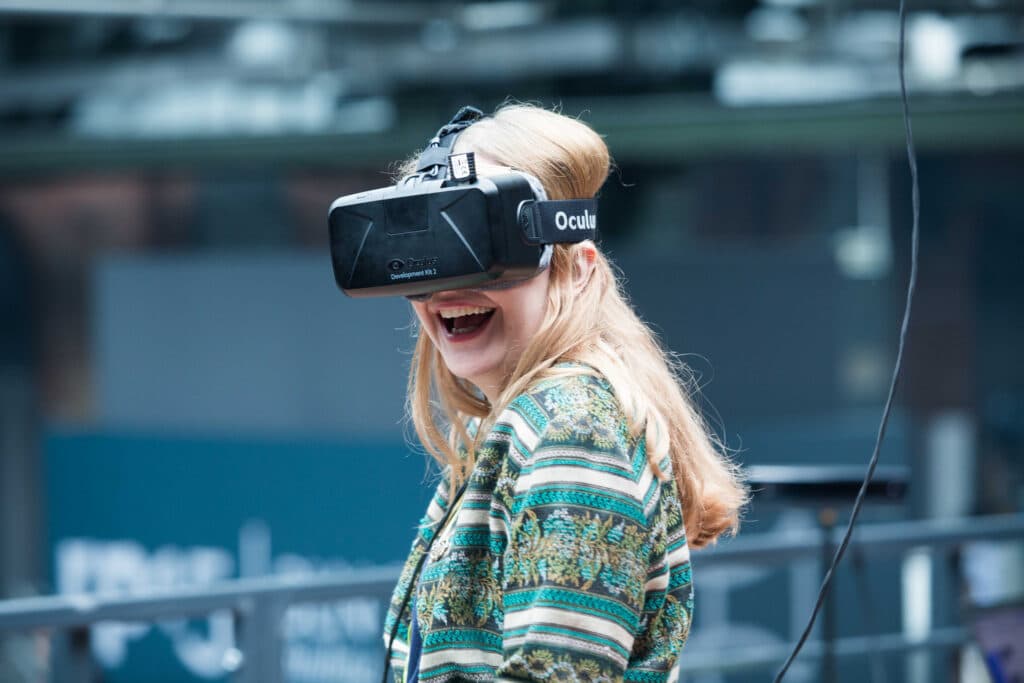
Virtual Reality – hype or future?
Innovation
Posted 07 Apr 2016
Virtual Reality (VR) is one of the top trends in digital era, that gives you possibility to plunge into a three-dimensional virtual world. It all started with Oculus’ Rift glasses introduced on Kickstarter in 2012. Recently, Oculus rewarded his very first supporters with the newest VR glasses. Nowadays, even big companies like Google, Samsung or Sony have been offering their own products and thanks to various developments, the products are getting better with every minute. Meanwhile, Apple created a department employed with Augmented Reality only. However, VR is not that new: Over 20 years ago, Nintendo presented Virtual Boy, a gaming console with a monochrome 3D display. Although Nintendo ceased the sales pretty quickly and Virtual Boy is considered to be the biggest flop of Nintendo’s history, it was undeniably a technical revolution.
The gaming branch is still the driving force of VR. The technology is ideal for games in the ego perspective. Sony is planning to launch more than 50 new VR games until the end of the year. The Sony VR PlayStation that in fact is not available before October 2016, was already sold out during the advance order.
However, the console-based usage is not the only way to use VR. Today, you can fit your smartphone into the VR glasses and easily use apps like city tours or games . What many people don’t know is, that VR is already utilized in medicine. Surgeons , for example, are able to prepare themselves for an operation with VR technology, resident physician can use it as a training platform. The industry has discovered VR as well. Epson developed VR glasses especially for industrial ergonomics.
VR is just starting to find a way into our everyday life. The first VR cinema opened in the Netherlands and is currently showing 30 minute movies. Homido offers a 360° camera, which is able to produce videos for VR glasses and adds value for personal moments. The memory of special occasions, like sightseeing on holidays or weddings, get more emotional value with in depth details.
Using VR for a single product is not the only option. It can be utilized as an instrument as well. For example, B2C companies, which don’t sell VR products in particular, can use it for their PR and marketing tools. Lufthansa allows its passengers to take a virtual tour in their first class during the booking process. Customers of Saturn can design their kitchen via VR. At travel agencies you can have a look into the hotel you want to book.[1]
With similar concepts furniture or automotive manufacturers could also be able to connect way better with their costumers and increase their earnings. Using VR simplifies presenting the benefits of a product or service. It is therefore very much likely that VR will gain a frequent seat in PR in the future.
[1] http://www.spiegel.de/netzwelt/gadgets/sxsw-2016-was-bei-virtual-reality-abseits-von-gaming-moeglich-ist-a-1080990.html